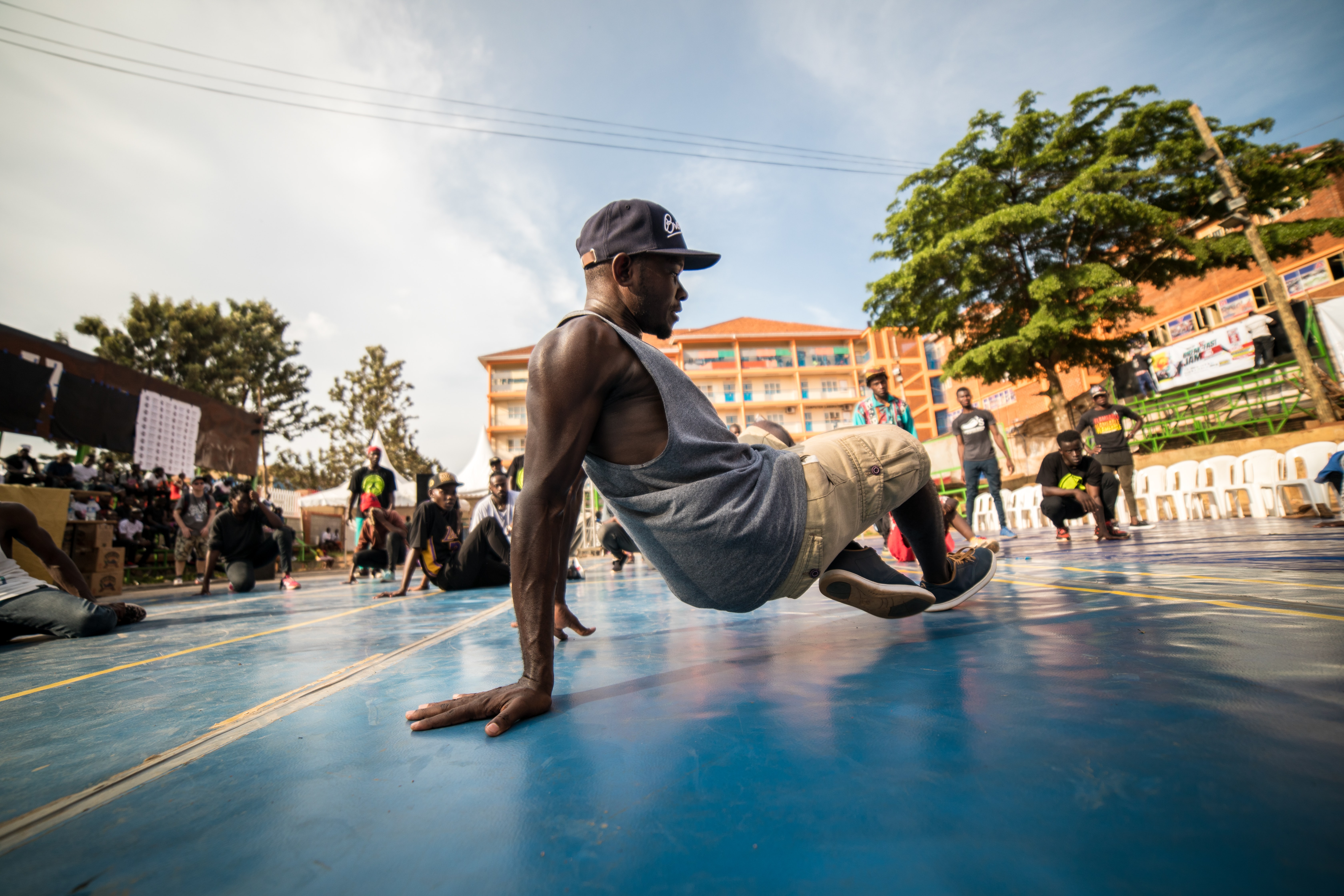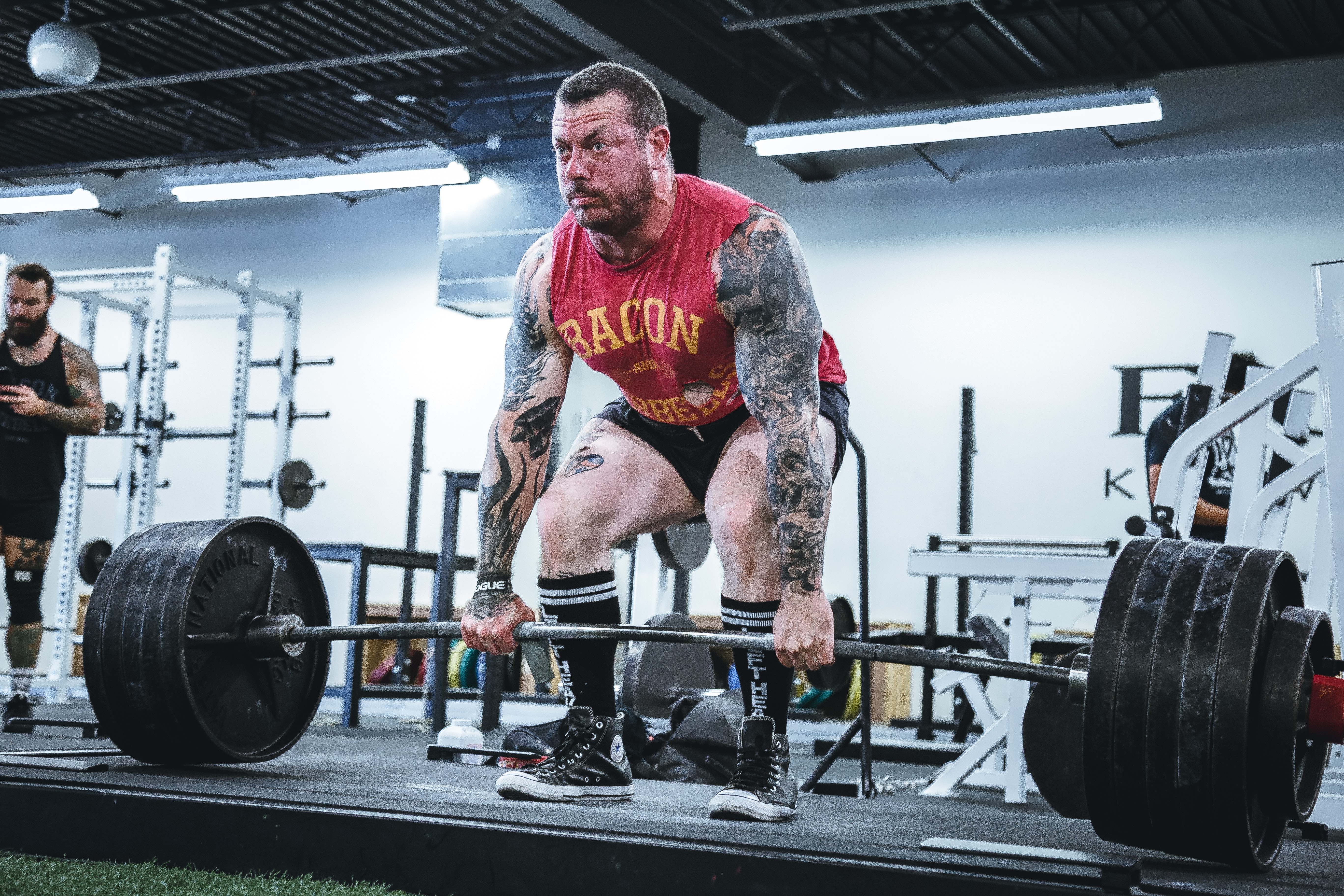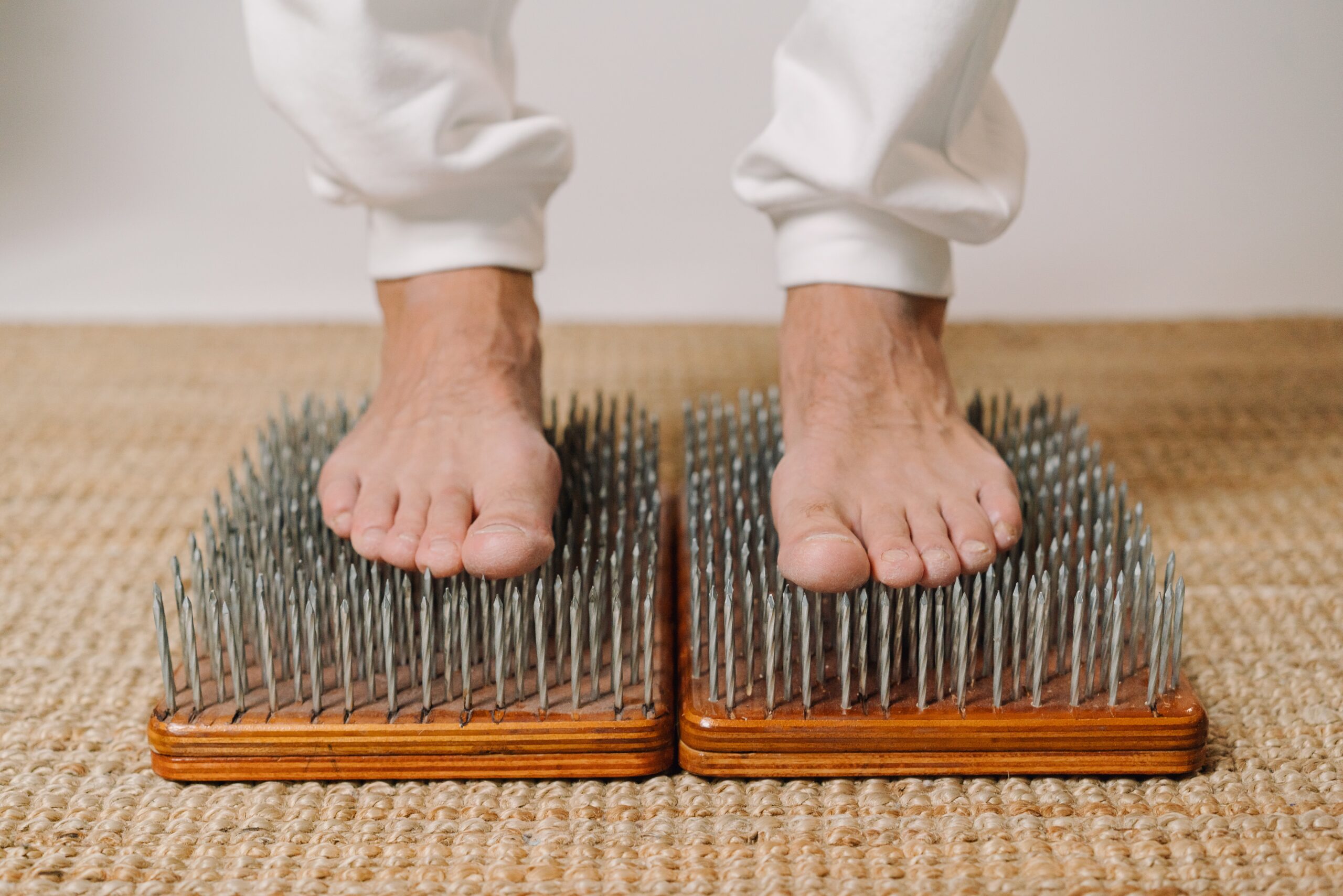
I’m all about using a principles-based approach. In practice, this means that I’m constantly looking to connect the dots and find the commonalities between all movements, sports, and training modalities.
Being married to one modality will inevitably lead to stagnation, which is why it’s so important to find the underlying principles that make ‘em work. When I work towards attaining the kinesiological bird’s eye view, I’m able to solve more of your health and performance-related problems.
Over the last few years, after seeing the concept being brought up by coaches and practitioners that I respect (see the end of the article for further reading/learning), I’ve gone deep into the practice of shaking.
Yes, shaking. As if I had Shakira’s hips and Conor McGregor’s shoulders. A weird statement coming from a meathead like me, but it’s true. And it works. Tremendously. For decreasing pain, improving recovery, and increasing athletic potential.

Below, I’ll explain the method behind the madness (why shaking works), and how to do it.
The method behind the madness:
- Improved fluid flow. By rhythmically contracting, and immediately relaxing the tissues that surround your joints, you’re forcing more fluid through the system (your body). Better circulation and lymphatic drainage = faster recovery and improved performance.
- Better joint centration. By jiggling your limbs around, you’re improving joint centration; softening the tissues that may be preventing your immobile or painful joints from finding “neutral”. Better joint centration = more movement options and less pain.
- Increased balance and stability. By shaking your skeleton around, you’re accumulating hundreds if not thousands of reps of shifting your centre of mass over your base of support. The result is better balance and reflexive, efficient stability (versus stiffening up your entire body to adjust for disturbances in your balance).
- Movement variation. Oftentimes the easiest and most obvious fix for painful, unathletic movement is to add variety to your training. To expand your movement vocabulary, if you will. There’s an old adage in the S&C world that “the best program is the one you’re not doing”, and it’s true! Shaking (along with introducing slight variations to the way you lift, and playing different sports) will certainly help you become a better, pain-free athlete.
- Teaching your body to relax on demand. Powerful, pain-free movement is the result of a coordinated series of co-contractions and relaxation. Most people have the contraction part down, but too much of it will result in awkward, stiff movement. Shaking teaches you how to get rid of unnecessary clenching to improve movement quality.
- Improved power endurance. In the context of sports, power endurance is a big deal, and relaxation is a key component to being powerful over long durations. Take throwing a punch or kicking a soccer ball as two examples. There’s a powerful contraction at the beginning of the movement, followed by a phase of relaxation as the limb(s) hurtle through space, and then there’s another powerful contraction at the point of impact. When you’re constantly “pushing” your way through your movements, you lose power, and you most definitely lose the ability to do that movement over long durations.
- Psychosomatic release. Pain and stiffness can be caused by physical or emotional trauma. Sometimes, you can use physical practices to uncover the root emotional cause of your pain. This is a deep rabbit hole to go down, so I’ll leave it at this: Proprioceptive feelz can lead to emotional feelz. We should all take time to explore this concept if we want to feel better.
How to shake:
Below are two shaking tutorials that I show my clients to help them recover faster and move better.
Please note that the ways in which I’m shaking out my body in these videos are not an exhaustive list; remember that many of the benefits from shaking come from sensorimotor novelty (FEELING more and MOVING in different ways), so please take the time to explore other ways of shaking. While you do so, you can focus on the following list of cues:
- Feel your feet on the floor.
- Move rhythmically. Slow or fast doesn’t matter, but do try and follow a rhythm.
- Relax your entire body as much as possible.
- Maintain easy breathing.
Try it out and let me know how it goes! And as always, if you’d like more specific guidance on how you can improve your health and performance, I’m only a message away!
Pat Koo
BKin, CSCS
Further learning from the coaches/practitioners, and their training philosophies that I pulled from:
* Keep in mind, this isn’t meant to be an APA-formatted academic-style bibliography. It’s me trying to “reach” and make (perhaps blind) inferences as to why shaking helps us feel better.
- Dr. Robert Sapolsky’s “Why Zebras Don’t Get Ulcers” on how mammals intuitively use shaking to relieve stress and tension.
- Dr. Perry Nickelston for his deep understanding of the body as a closed hydraulic system.
- Max Schmarzo for his recent discussion on rhythm and how it relates to relaxed, efficient movement.
- Gary Ward for his courses on how joint centration (“finding centre”) allows more movement options.
- Dr. Jeff Almon for teaching me that stability is more of a reflexive, local quality, than a global stiffening of the body.
- Ido Portal for his obsession with movement variety, and introducing shaking as a way to “soften the body”.
- Carmen Bott who utilizes shaking in between sets of strength training to reset the musculoskeletal system and improve power endurance in her athletes.
- Nick Curson for his courses on how relaxation, and more specifically “speed of relaxation” is key for developing power endurance.
- Osho for his “shaking meditations” and how it addresses the entire biopsychosocial model of pain in one technique (shaking!)
- Paul Chek for teaching the practice of “working in” to improve recovery and reduce pain.



